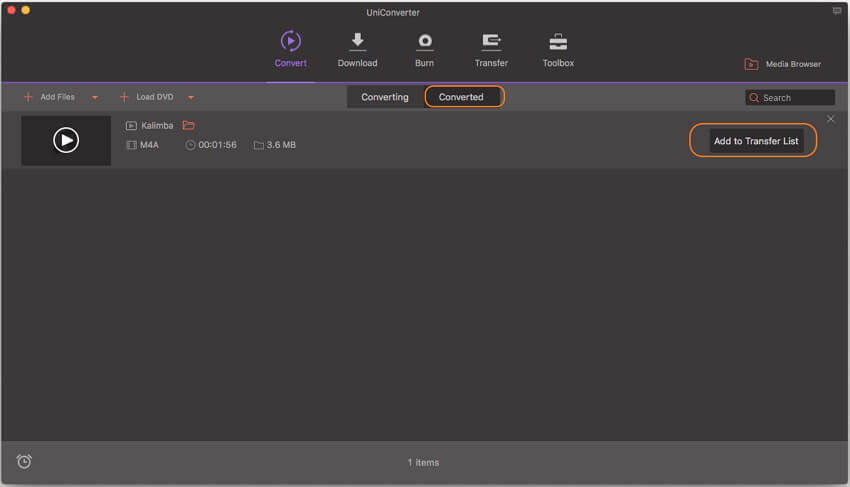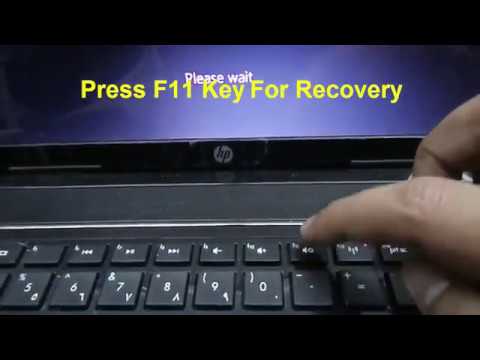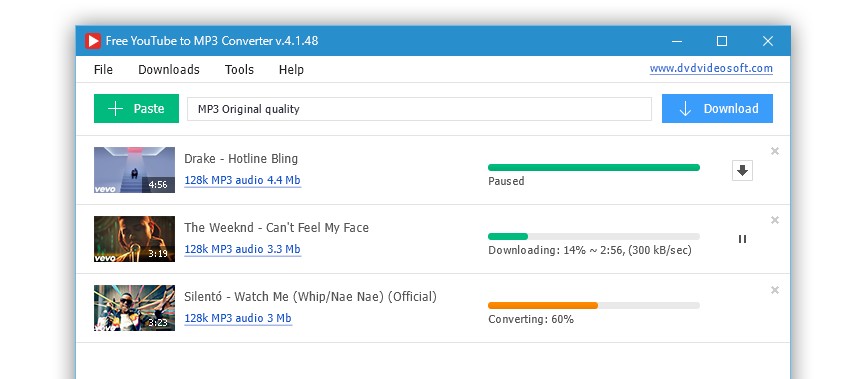

You will end up with a window something like this: (It may feel like it takes a long time, but remember: you are not swapping CDs to get all of the audiobook imported.) When it finishes importing the tracks, iTunes may then analyze the sound volume on the tracks. It’ll take a while, depending on the speed of your optical drive. mp3 track.ĭrag the MP3 tracks from the CD into the iTunes Library window. mp3 track, scroll, and Shift-click on the last. The fastest way to do this is probably to first sort by Kind, then click on the first.

Select all of the tracks on the CD that are MP3 files. Open the CD, and arrange its window in list view on the other side of your monitor, side-by-side with iTunes. Insert the MP3 CD, and allow it to mount on your Desktop (or My Computer in Windows).

See Optimal iTunes Import Settings for Audiobooks for instructions for configuring iTunes to import audiobooks.

This document describes how to convert MP3 CD audiobooks into something you can listen to on your iPhone or iPod.įirst, ensure that your import settings are optimal for audiobook and spoken word. I’ve written more details about the MP3 CD format for audiobooks elsewhere. Called MP3 CDs, virtually all CD players sold today, including all computers with optical drives, can play this format (though players older than 10 years usually don’t). This is the most popular digital format for audiobooks, and I’ve written comprehensive instructions for importing audiobook CDs into iTunes.Ī newer audio CD format exists that works better for audiobooks. The standard Audio CD format, which has been around for 30-odd years, is very familiar, and any computer sold with a CD drive can read them.


 0 kommentar(er)
0 kommentar(er)
